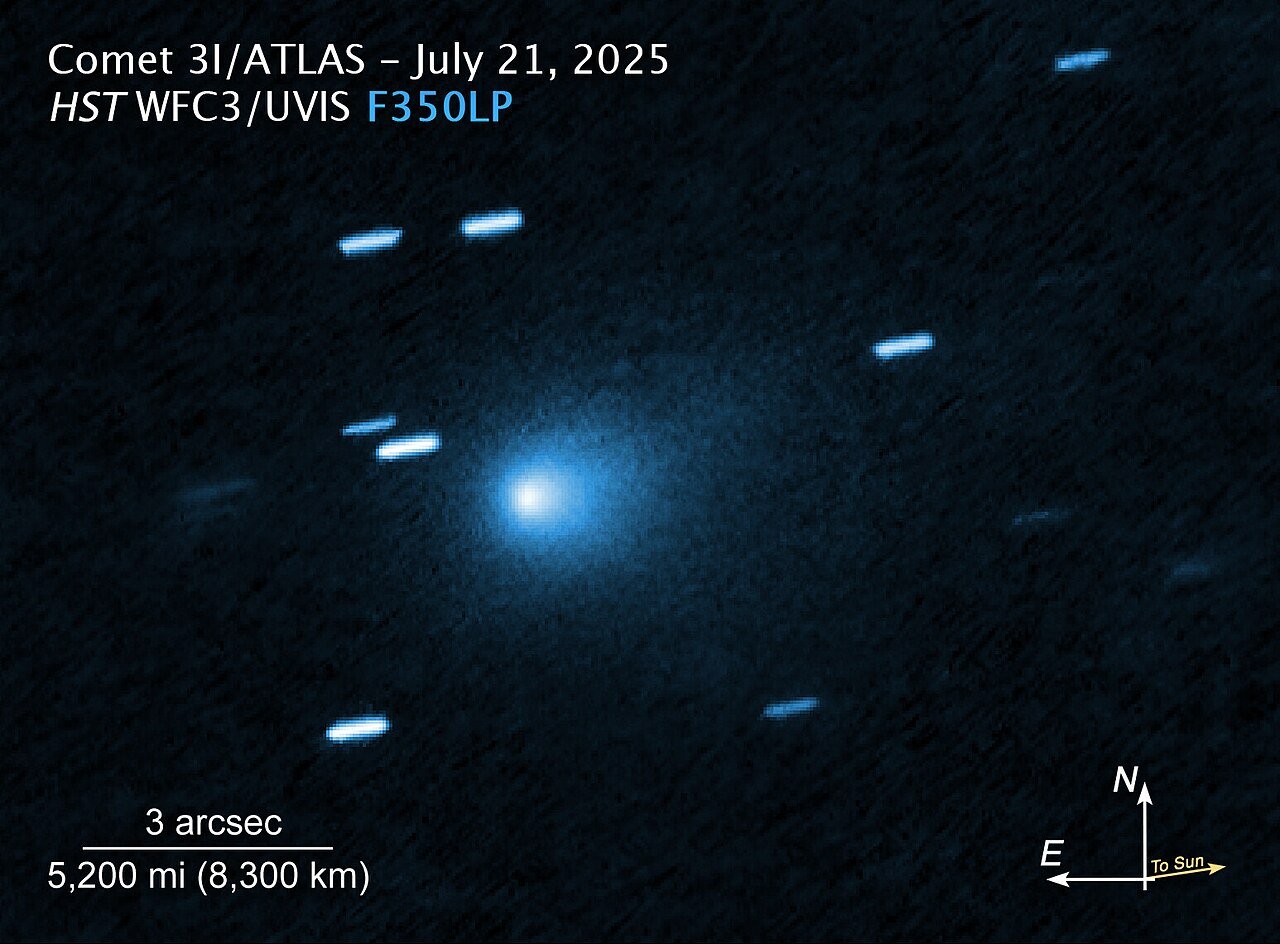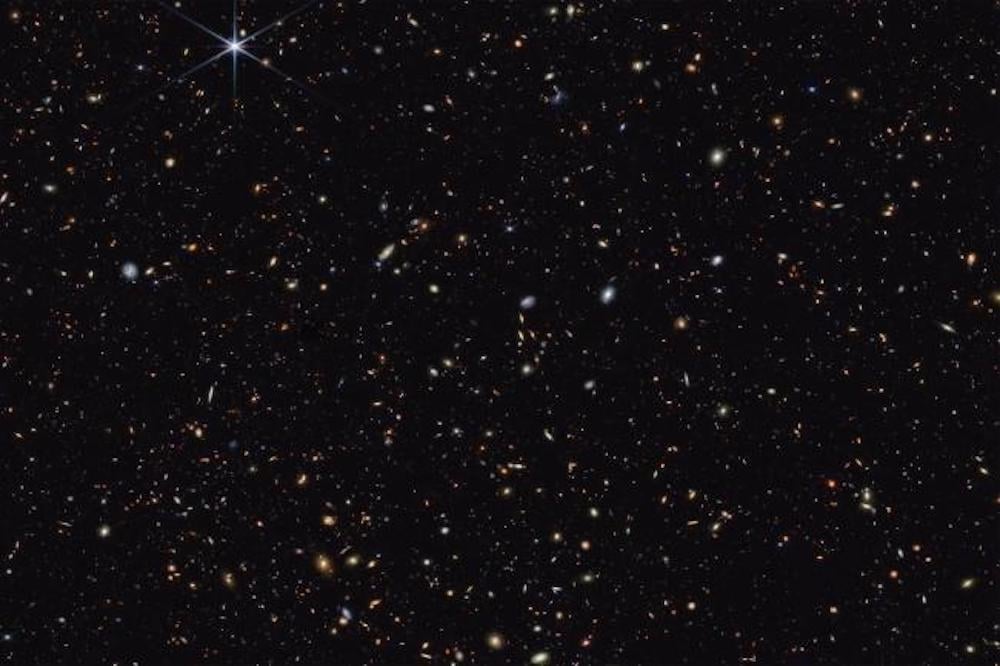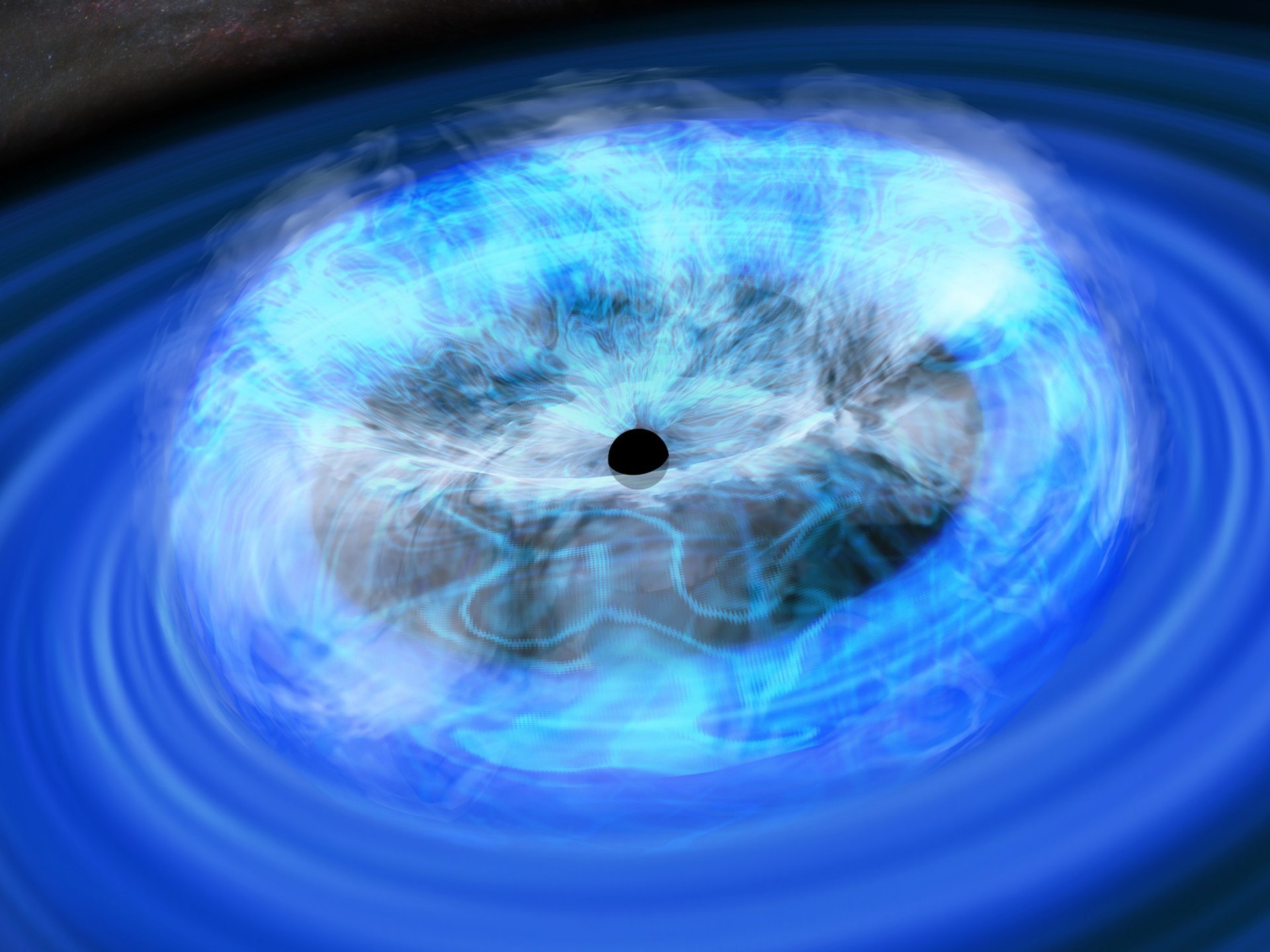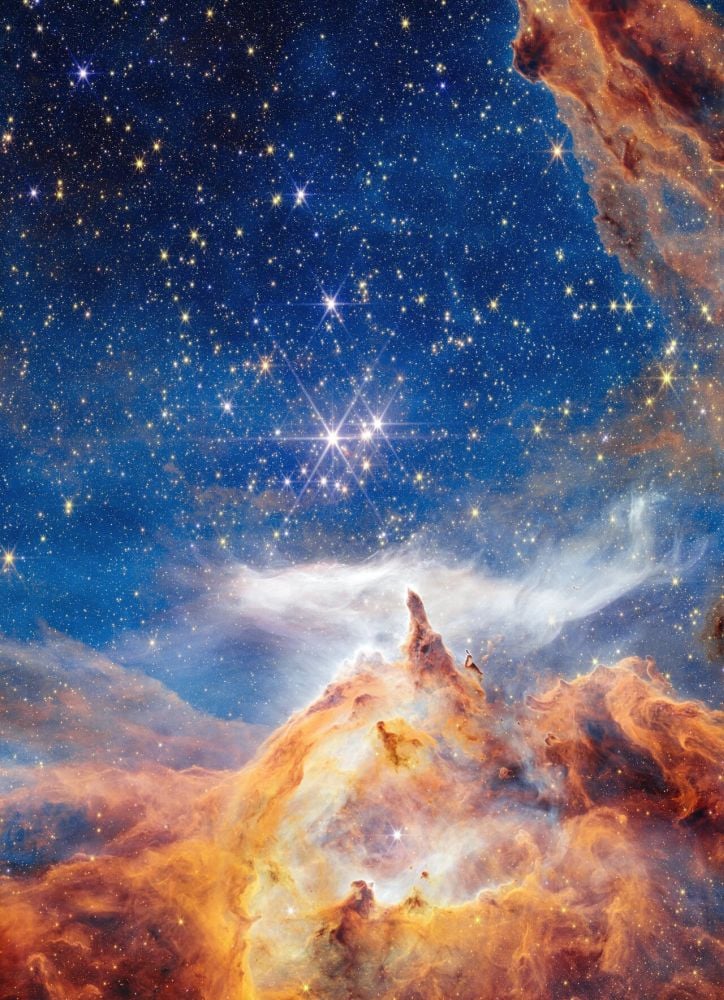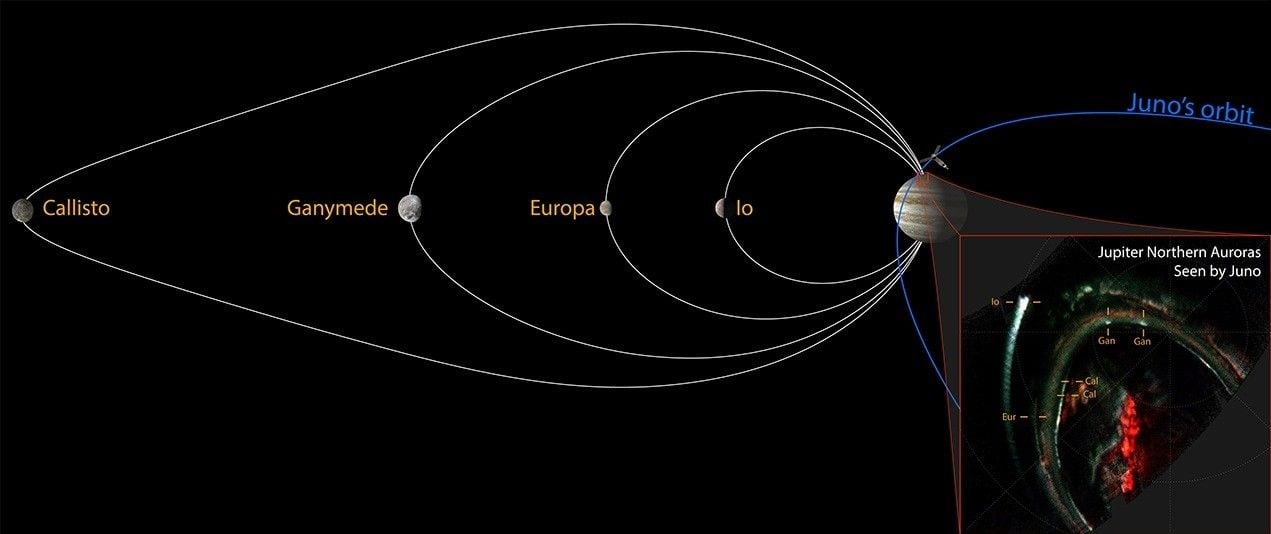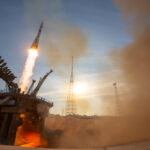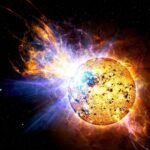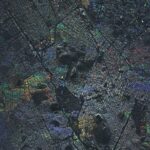Scientists have discovered that Mars has an interior structure similar to Earth’s. Results from NASA’s InSight mission suggest that the red planet has a solid inner core surrounded by a
Scientists have discovered that Mars has an interior structure similar to Earth’s. Results from NASA’s InSight mission suggest that the red planet has a solid inner core surrounded by a
A new development study from the Southwestern Research Institute outlines a possible mission that could rendezvous with and explore the interstellar comet 3I/ATLAS.
One of the most difficult parts of astronomy is understanding how time affects it. The farther away you look in the universe, the farther back you look in time. One
An international team of astronomers led by Matus Rybak (Leiden University, Netherlands) has proven, thanks to accidental double zoom, that millimetre radiation is generated close to the core of a
While it may appear as just another spiral galaxy among billions in the universe, this image from the NASA/ESA Hubble Space Telescope reveals a galaxy with plenty to study. The
The year’s second total lunar eclipse is coming up fast, and this time Asia will have the best seats in the cosmos.
This sparkling scene of star birth was captured by the NASA/ESA/CSA James Webb Space Telescope. What appears to be a craggy, starlit mountaintop kissed by wispy clouds is actually a
Radio astronomy took another step forward recently, with the completion of Phase III of the Murchison Widefield Array (MWA) in Western Australia. We’ve reported before on how the MWA has
Jupiter hosts the brightest and most spectacular auroras in the Solar System, and its largest moons (the Galileans) create their own auroral signatures known as “satellite footprints” in the planet’s
-
 012024 in Review: Highlights from NASA in Silicon Valley
012024 in Review: Highlights from NASA in Silicon Valley -
 02Panasonic Leica Summilux DG 15mm f/1.7 ASPH review
02Panasonic Leica Summilux DG 15mm f/1.7 ASPH review -
 03How New NASA, India Earth Satellite NISAR Will See Earth
03How New NASA, India Earth Satellite NISAR Will See Earth -
 04And Thus Begins A New Year For Life On Earth
04And Thus Begins A New Year For Life On Earth -
 05Astronomy Activation Ambassadors: A New Era
05Astronomy Activation Ambassadors: A New Era -
06SpaceX launch surge helps set new global launch record in 2024
-
 07Space Force plans new ‘Futures Command’ amid pressure to speed up modernization
07Space Force plans new ‘Futures Command’ amid pressure to speed up modernization


